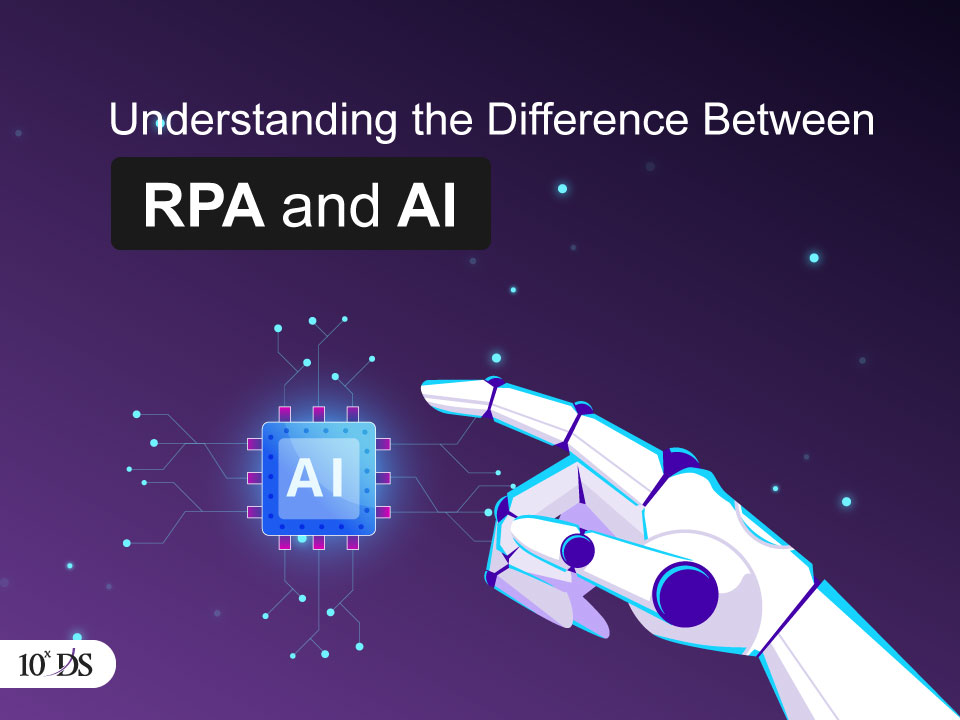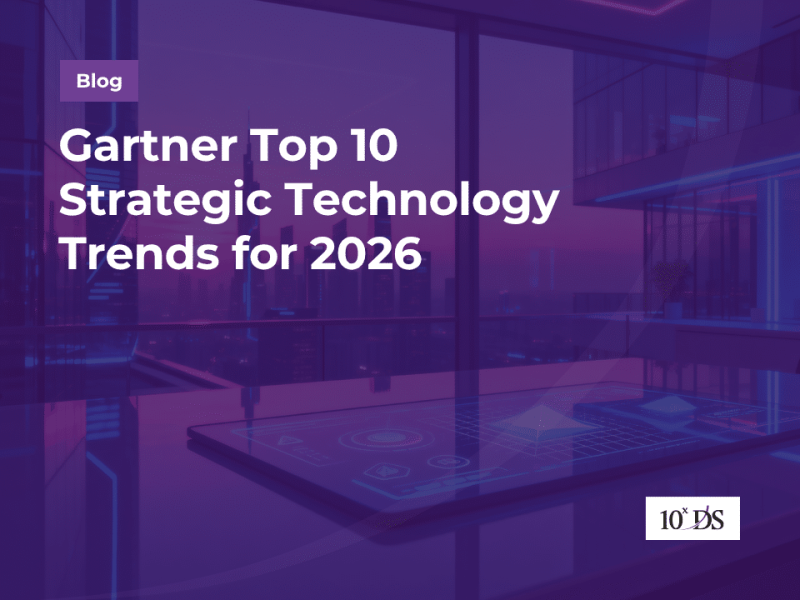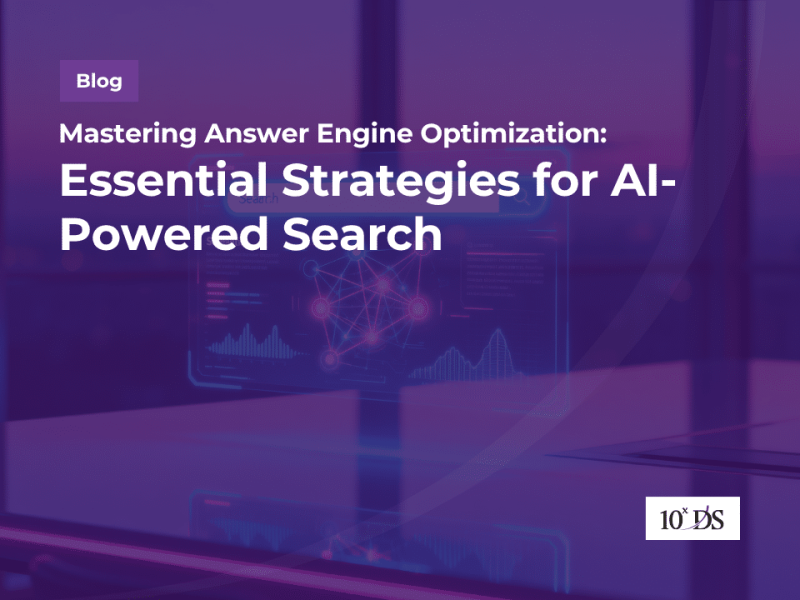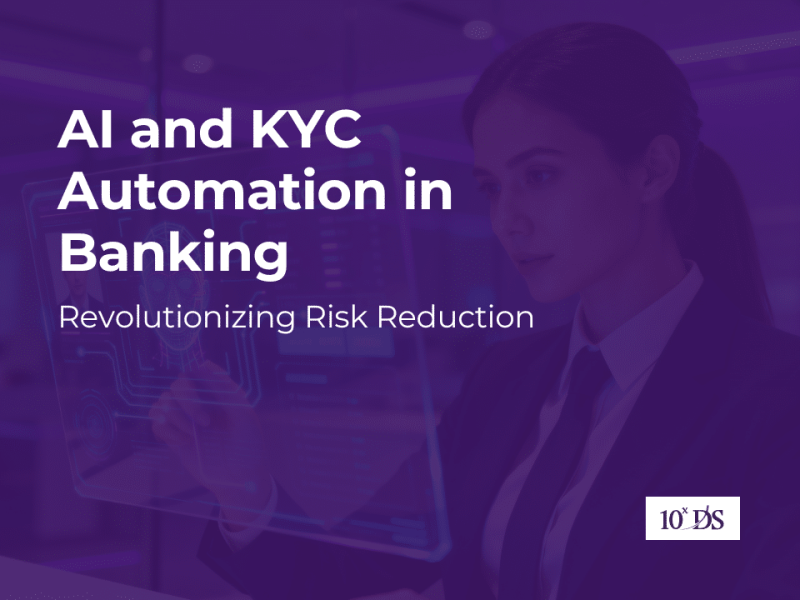
Understanding the Difference Between RPA and AI
Artificial Intelligence (AI) and Robotic Process Automation (RPA) are two terms that have gained widespread popularity among businesses over the last few years. This is mainly due to the ability of these two technologies to offer increased efficiency, productivity, and customer satisfaction. It is estimated that the global RPA market will hit the 25.56 billion-dollar mark by 2025 according to a report by Research And Markets, September 2020. On the other hand, the AI market is expected to reach 390.9 billion dollars by 2027.
There is no denying that AI and RPA play an integral role in boosting the operational efficiency of businesses. Even though there have been several adoptions of AI and RPA technologies in recent years, there are many people who still do not know the difference between them.
So, if you are wondering what the major differences between AI and RPA are, do not worry this article should help you.
What Is Robotic Process Automation (RPA)
RPA can be defined as a core automation technology, which acts as the backbone to robots that can interact with different digital systems to help businesses easily perform non-value-added, time-consuming, and repetitive tasks. In simple words, RPA allows your businesses to easily perform tasks that are repetitive and takes a considerable amount of time. This in turn results in greater productivity.
RPA is an ideal choice to carry out tasks or business operations that are based on specific rules. Processes with workflows that do not change with time can be easily carried out with RPA. Some of the time consuming and common business processes that RPA can handle on its own are as follows.
- Opening emails & attachments
- Processing and extracting structured content from different documents
- Copying and pasting data
- Logging into applications and processing transactions
- Connecting to Application Program Interface (APIs)
- Scraping data from web and consolidating
What is Artificial Intelligence (AI)
In simple words, the term artificial intelligence can be described as human-like intelligence that is exhibited by a robot, computer, or any other machine. AI and RPA work in tandem for expanding the process of automation into new fields, which will in turn enable you to automate complex processes with ease.
What makes AI different from RPA is that it is capable of handling complicated and complex tasks that were carried out only by humans. This is mainly due to the fact that AI robots have the ability to make cognitive decisions with the help of large sets of data to predict numerous possible outcomes. AI does not just help to execute tasks, but they are also capable of thinking.
For instance, AI can understand documents, visualize screens, comprehend conversations, process language, identify processes and tasks to automate, and handle both unstructured and semi-structured data. However, businesses that want to boost productivity should consider using both RPA and AI.
When To Use AI And When To Implement RPA
If your business is planning to make use of both RPA and AI technologies, you may be probably wondering when you should use AI or when it is the best time to roll out RPA instead of AI. You will need to prepare a list of tasks or processes that are performed regularly. Once you have identified the processes, all you need to do is to use AI for the processes that are too complex for RPA to carry out.
RPA serves the crucial purpose of cleaning up underlying business processes to help you get an integrated framework right on top of the existing business digital systems. The underlying foundation offered by RPA will make it incredibly easy for businesses to integrate AI. If there is no underlying foundation, you will need to manually implement AI into each and every core process.
Here are some of the common business processes and tasks that are usually carried out with the help of AI.
- Workflows whose outcomes cannot be accurately predicted. Processes that support inventory forecasts, loan defaults, and property valuation.
- Processes that are highly variable in nature and do not depend on a specific set of rules like language transition, purchase decisions, and resume matching.
- Processes that heavily rely on unstructured data from emails, videos, images, articles, and documents such as email routing, invoice extraction, and speech to text.
As you start automating more and more of your business operations, you will realize that there are several processes that require a higher level of judgment. It is best to use AI for all such processes because RPA alone will not be sufficient to deliver satisfactory results in such cases.
Conclusion
Most modern businesses have to perform a number of simple and complex business operations every day. RPA is an ideal option for processes that comes with clear and step by step instructions. On the other hand, the ability of AI to augment and improve decision-making skills makes it a suitable choice for complex business processes.
Talk to our experts to learn how to employ AI and RPA solutions to streamline your business processes and drive better value for your employees and customers.


